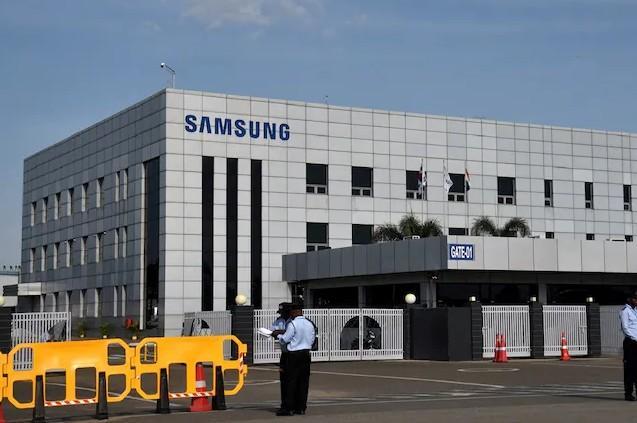
Samsung May Shift Phone Production from Vietnam to India: Report
In a significant development, Samsung, the South Korean multinational electronics giant, is reportedly evaluating a shift of some of its smartphone and electronics manufacturing from Vietnam to India. The move comes as a response to the potential US reciprocal tariffs on Vietnamese exports, which could have a significant impact on the company’s business.
According to a report by Moneycontrol, Samsung is looking to mitigate the risks associated with the tariffs by diversifying its production base. By shifting some of its manufacturing operations to India, the company aims to reduce its dependence on Vietnam, which is a major export hub for Samsung.
The report suggests that not just Samsung, but all other companies with a base in Vietnam are exploring possibilities to shift some production to India. This development could have significant implications for the Indian electronics industry, which has been growing rapidly in recent years.
Samsung has been one of the largest smartphone manufacturers in the world and Vietnam has been a key part of its global supply chain. The company has been manufacturing smartphones and other electronics in Vietnam for several years, and the country has been a significant contributor to its global production capacity.
However, the potential US tariffs on Vietnamese exports could pose a significant risk to Samsung’s business. The tariffs, which are being imposed as part of a broader trade dispute between the US and Vietnam, could increase the cost of Samsung’s imports from Vietnam and impact its profitability.
By shifting some of its production to India, Samsung aims to reduce its dependence on Vietnam and mitigate the impact of the tariffs. India has been a growing hub for electronics manufacturing in recent years, with several companies, including Apple, setting up manufacturing facilities in the country.
The Indian government has been actively promoting the country as a preferred destination for electronics manufacturing, with several incentives and policies in place to attract foreign investment. The government’s Make in India initiative, which aims to promote domestic manufacturing and reduce imports, has been a major driver of growth in the electronics industry.
Samsung’s potential shift to India could be a significant boost to the country’s electronics industry, which has been growing rapidly in recent years. The industry has been driven by demand from domestic consumers, as well as exports to other countries.
According to a report by the India Electronics and Semiconductor Association (IESA), the country’s electronics industry is expected to reach $400 billion by 2025, driven by growth in segments such as smartphones, laptops, and wearables.
Samsung’s decision to shift some of its production to India could also have implications for the country’s job market. The company’s manufacturing facilities in India are expected to create thousands of jobs, both directly and indirectly, which could have a positive impact on the local economy.
In addition to Samsung, other companies with a base in Vietnam are also exploring possibilities to shift some production to India. This could lead to a significant increase in foreign investment in the country’s electronics industry, which could have long-term benefits for the economy.
However, the shift could also pose challenges for the Indian government, which would need to ensure that the country’s infrastructure and logistics are able to support the increased production capacity. The government would also need to ensure that the industry is able to attract and retain skilled workers, which could be a challenge in a competitive job market.
In conclusion, Samsung’s potential shift of some of its phone production from Vietnam to India is a significant development that could have far-reaching implications for the Indian electronics industry. The move could lead to a significant increase in foreign investment in the country, which could have long-term benefits for the economy. However, the Indian government would need to ensure that the country’s infrastructure and logistics are able to support the increased production capacity, and that the industry is able to attract and retain skilled workers.




